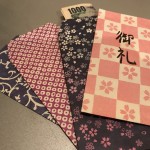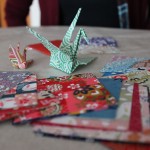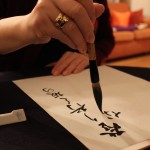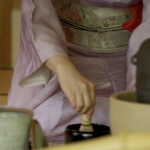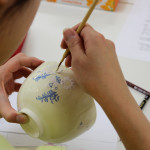The techniques used in gift wrapping eventually gave rise to the sophisticated craft “origami”. Wrapping gifts has been a very common custom in Japan since Kamakura Period (1185 to 1333). When money or goods are handed, they are usually wrapped in paper or put in an envelope. It is etiquette to put money in an envelope when it is personally handed to someone. In case of handing money without wrapping in a paper or putting in an envelope, Japanese people do not forget to add the comments “sorry to be rude” or “sorry that my money is naked (meaning money is not wrapped)” In these days, wrapping has been simplified as it is realised that saving paper is needed. However, for special occasions such as mid-year gifts and year-end gifts etc., these gifts are folded beautifully with a wrapping paper at stores with no extra charge.
(Yoko)
Became interested in tea ceremony? koi Travel offers you unique cultural experiences!
Related Articles
Origami, experience that folding papers has various meanings
Koicha (thick green tea) and usucha (thin green tea) in authentic tea ceremony.
How did tea ceremony started and become sophisticated in Japanese culture?

